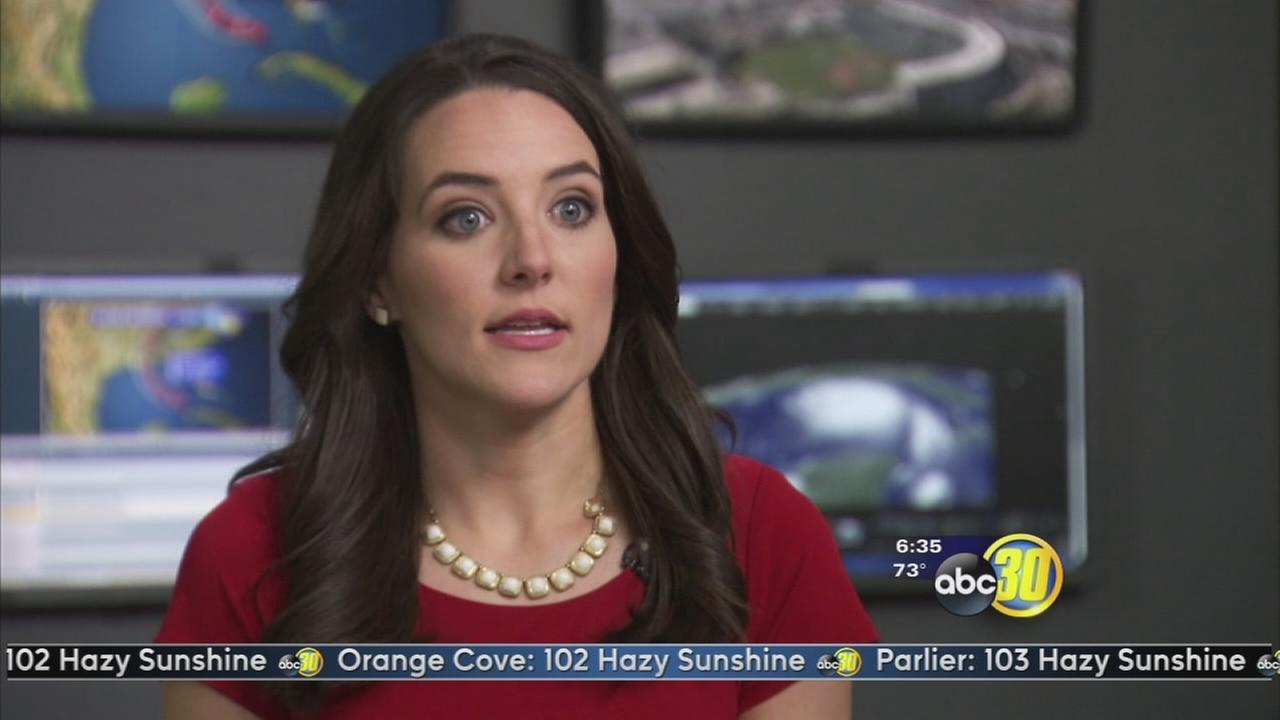

Once they saw the big picture, meteorologists began noticing that storms on the verge of becoming tropical cyclones undergo a distinct change: they start to become organized. In the mid-19th century, with the advent of weather observing stations around the Atlantic and the contemporary invention of the telegraph, data collected over vast areas could be transmitted and combined in near-real time, enabling scientists to see patterns in pre-hurricane weather and track storms as they moved. It used to be that only sailors or islanders would observe these convective gatherings.

This creates a positive feedback loop that excites more evaporation and convection, which in turn creates a general updraft of warm air that’s more energetic than the spotty, temporary rising at individual locations. Some patches of ocean develop more thunderstorms than others, and in those places the air contains more water vapor, which traps more of the heat radiating from the surface-the greenhouse effect. Over the tropical ocean, this cycle happens across vast areas simultaneously-thunderstorms growing up and exhausting themselves in little puffs of convection like bubbles rising from the bottom of a pot of boiling water.Īt larger scales, other forces come into play. Water at the surface evaporates, condenses, and falls, ultimately, as rain-the familiar water cycle we learned in elementary school (see “Evaporation–Condensation–Precipitation,” below). The very first step in the life of a hurricane is amazingly simple, and happens on a scale too small to see with the naked eye. Energy is the key to all weather, and it moves and changes form most spectacularly in large storms. Colder water would rob the storm of energy even as it tried to get going. Warm ocean water is vital-at least 80 degrees Fahrenheit.

While finding the catalyst for cyclogenesis is one of the biggest challenges in modern atmospheric science, scientists at least have a basic understanding of its requirements. That starter motor, what meteorologists call cyclogenesis, is the difference between a storm that becomes a full-blown hurricane and one that fizzles. Ed Zipser, a meteorologist at the University of Utah who has been probing and dissecting tropical cyclones for more than 50 years, puts it best: “A hurricane is an absolutely, beautifully smooth-running engine with a very temperamental starter motor.” Only about 20 percent of the disturbances that look like they might spawn hurricanes do. They don’t understand why, no matter how ripe the conditions, hurricane formation is actually very rare. The thing is, scientists still don’t know exactly how hurricanes form. Hurricane meteorology today is a far cry from the wide-eyed observations of John Farrar. Prevailing wind patterns make a storm’s track relatively easy to predict, and with every improvement in observation technology and computing power, predictions are only getting better. A big tropical storm feeds on a continuous positive feedback loop, a heat engine that moves water and energy from the warm oceans into the atmosphere and back in an easily observable cycle. For one thing, it’s one of the most stable structures in the atmosphere. Two centuries later, the mature hurricane is a relatively well understood phenomenon. In these cases it appears to have been a moving vortex, and not the rushing forward of the great body of the atmosphere.” “It was very violent at places separated by a considerable interval from each other, while the intermediate region suffered much less…. “I have not been able to find the centre or the limits of this tempest,” he wrote. WARNING: The sound in many of the below videos is very loud.John Farrar, a Harvard scientist who in 1815 witnessed one of the rare hurricanes to hit New England, wrote about the storm with a simplicity and wonder that reveal just how little was known about the phenomenon at the time. So he thought he and his friend Andrew would be out of the flood zone when they ventured into the storm's Florida landfall.īut for a frightening split second, he worried the storm surge was rushing in around him - several feet of ocean water, often the most dangerous part of a hurricane. He'd modeled the storm surge and rainfall ahead of time. The meteorologist felt prepared for Hurricane Ian. Matthew Cappucci was wary when floodwaters began to rise on either side of the road he was driving, near Englewood, Florida, on Wednesday. Their video footage from the storm's landfall in Florida shows what caught them off guard. They got caught in floodwaters, knocked over by winds, and tossed around by the storm's force. Meteorologists, storm chasers, and hurricane hunters were shocked by the severity of Hurricane Ian.
Hurricane meteorologist tv#
A TV crew broadcasts from the beach ahead of Hurricane Ian, in Fort Myers, Florida, September 28, 2022.


 0 kommentar(er)
0 kommentar(er)
